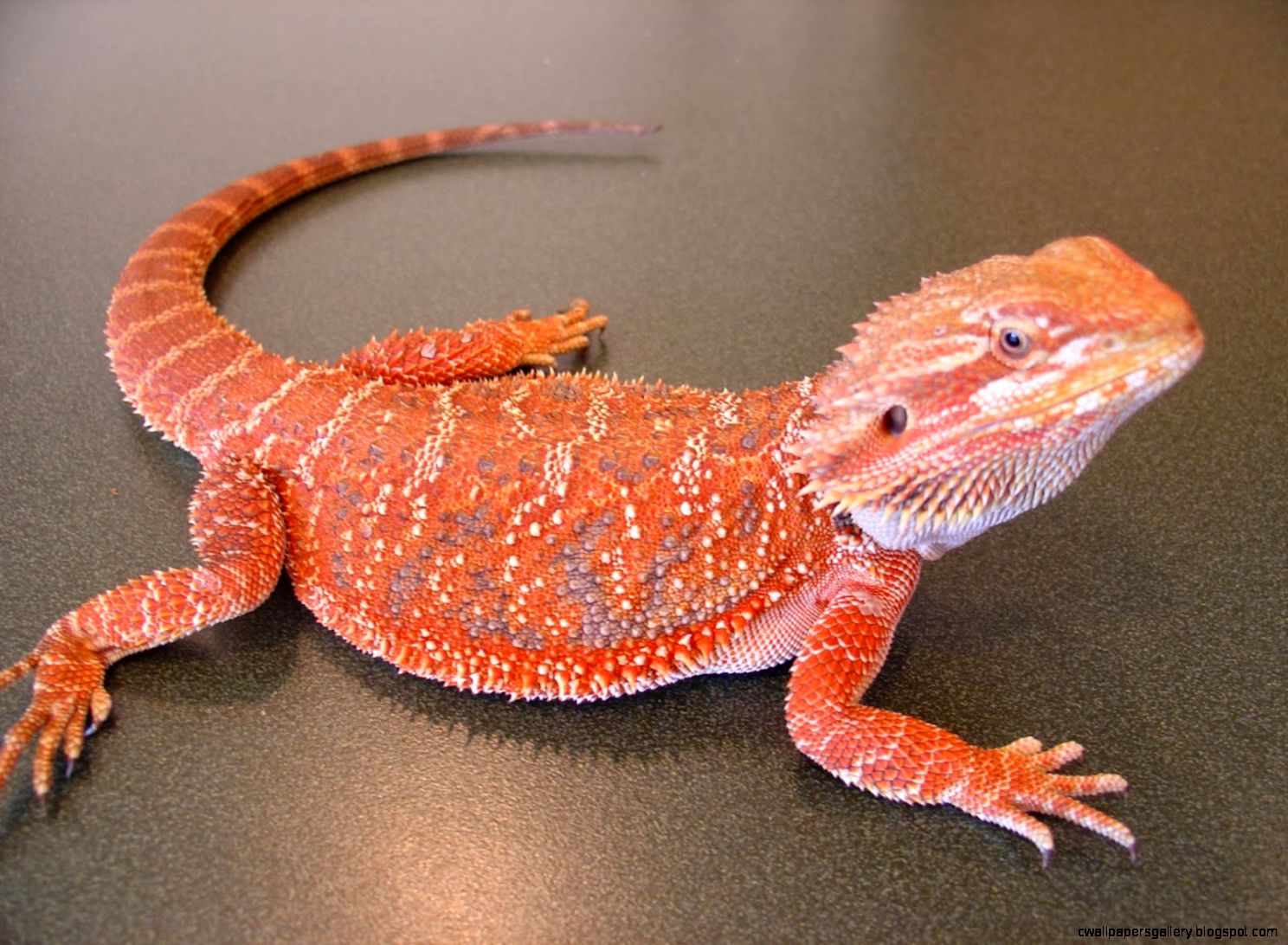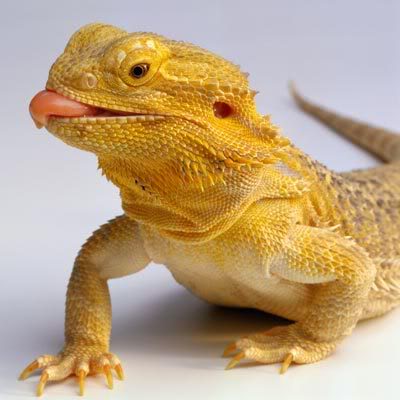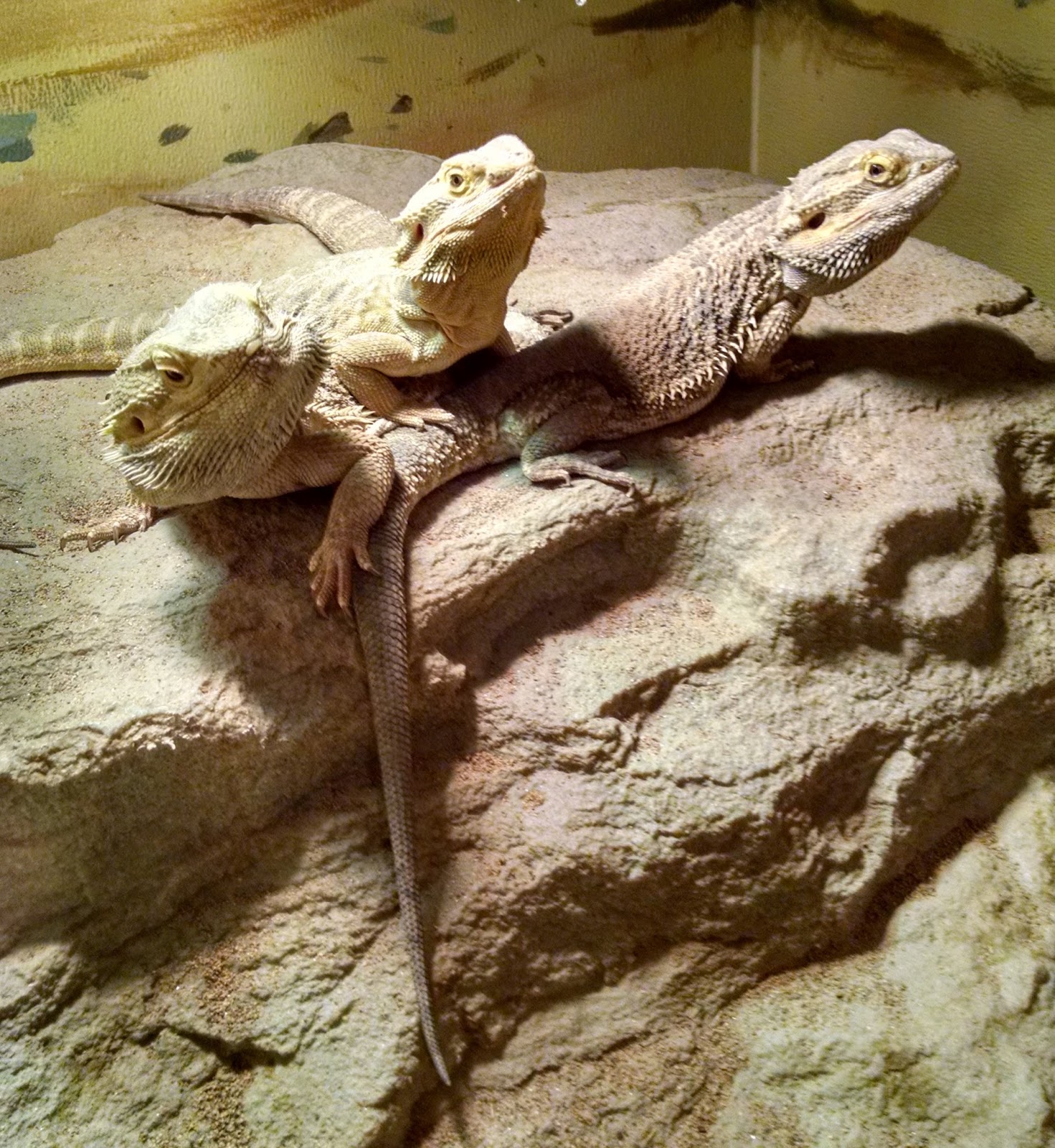The Wild Bearded Dragon: A Beginner's Guide to Care for Your New Pet
Introduction
Congratulations on making the decision to get a wild bearded dragon! These fascinating creatures are popular pets because of their unique appearance and docile nature. With the right care and attention, your bearded dragon can make a great companion for many years to come. This guide will cover everything you need to know about caring for your new pet.
What is a Wild Bearded Dragon?
The wild bearded dragon, also known as Pogona vitticeps, is a lizard native to Australia. These reptiles get their name from the spiny projections on their throats, which resemble a beard. They are omnivores, meaning they eat both insects and vegetables. Wild bearded dragons can grow up to two feet in length, and they can live up to 15 years with proper care.
Housing
Your bearded dragon will need a spacious habitat to live in. A 40-gallon tank is a good size for one adult dragon. Make sure the tank has a screen lid to allow for proper ventilation. You will need to provide a basking area in one half of the tank with a heat lamp, as well as a cooler area in the other half of the tank. The temperature in the basking area should be between 90-110 degrees Fahrenheit, while the cooler area should be between 75-85 degrees.

Lighting
Wild bearded dragons need a source of UVB lighting to help them metabolize calcium and stay healthy. You will need to provide a full-spectrum UVB light for 10-12 hours per day. Be sure to replace the bulb every six months to ensure it is providing adequate amounts of UVB radiation.

Feeding
Your wild bearded dragon will need a diet that consists of both insects and vegetables. Crickets, mealworms, and dubia roaches are all good sources of protein for your dragon. They can also eat greens such as collard greens, kale, and dandelion greens. Vegetables should be chopped up into small pieces to make it easier for your dragon to eat. Make sure to provide a calcium supplement to your dragon’s food twice a week.

Handling and Socialization
Wild bearded dragons are generally very docile and can be handled with ease. When handling your dragon, be sure to support their entire body and never pick them up by their tail. It is also important to handle them frequently to keep them socialized and comfortable with human interaction.

Common Health Issues
Bearded dragons are generally healthy pets, but there are a few common health issues to be aware of. One of the most common is metabolic bone disease, which can result from a lack of calcium in their diet. Symptoms of this disease include lethargy, weakness, and abnormal bone growth. Another common issue is respiratory infections, which can be caused by inadequate temperatures or poor ventilation in their habitat. If you notice any of these symptoms, take your dragon to the vet immediately.
Conclusion
Taking care of a wild bearded dragon can be a fun and rewarding experience. With the right care and attention, your dragon can thrive and live a long and healthy life. By providing your bearded dragon with a spacious habitat, UVB lighting, a balanced diet, and proper handling, you can ensure that your new pet will be a happy and healthy companion for years to come.
